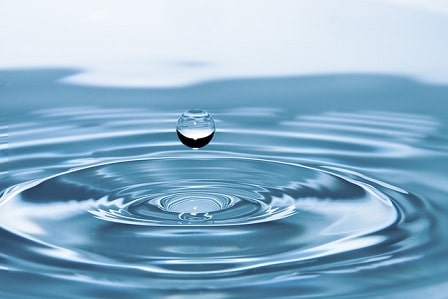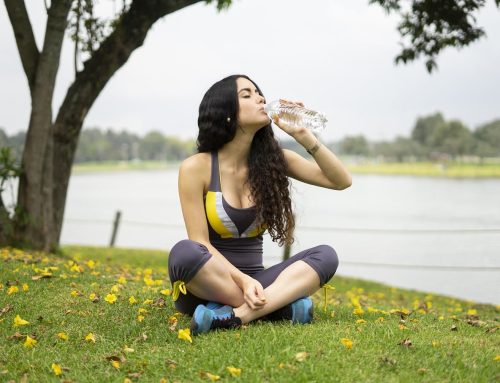 Your drinking water has most probably been around in one form or the other for hundreds of millions of years, or since earth was formed.
Your drinking water has most probably been around in one form or the other for hundreds of millions of years, or since earth was formed.
This is because the amount of fresh water on earth has remained pretty constantly at around 2% of all the water on earth since time immemorial, although not always in the same place or in the same form. The earth’s water cycle ensures that the water is constantly recycled; taken up into the atmosphere in the form of vapour to form clouds which the deposit the same water back to earth, in the form of rain when the clouds get too water-logged, albeit not usually in the same place from whence it originally came.
While the amount of fresh water on earth has remained virtually the same, the population of the earth has imploded exponentially, resulting in water shortages and water scarcity in various regions due to the increasing demand on water supplies for drinking, personal hygiene, cooking, and sustaining life.
Of course fresh water is also required for industrial purposes, transport and energy, putting even more of a strain on the minimal resources at hand.
Virtually 70% of the world’s surface is covered by water, yet only 2% of that is fresh water, and due to much of that being trapped in glaciers and snowfields, only approximately 0.007% is actually available for use by the planet’s approximate 7 billion inhabitants.
Although water scarcity is a foreign concept to some, especially those living in first-world countries, others are all too familiar with it. Water scarcity is the result of myriad political, environmental, social and economic forces, and results in thousands if not millions of deaths in poorer, less developed regions from dehydration, ineffective sanitation and diarrhoea.
Water Is Life and it is therefore incumbent on each and every one of us to use this precious commodity sparingly and not to waste it but to conserve it, use it efficiently, recycle and repurpose it where possible.
According to the United Nations, approximately 1.8 billion people will live in water-scarce areas by 2025, and around 33% of the earth’s population will be living in water-stressed areas as a result of the water use having grown art more than double the rate of the increasing population over the past century, as well as due to climate change.
Get a water cooler and home water dispenser in London from Living-Water. Hire water coolers for your home or business in London.





